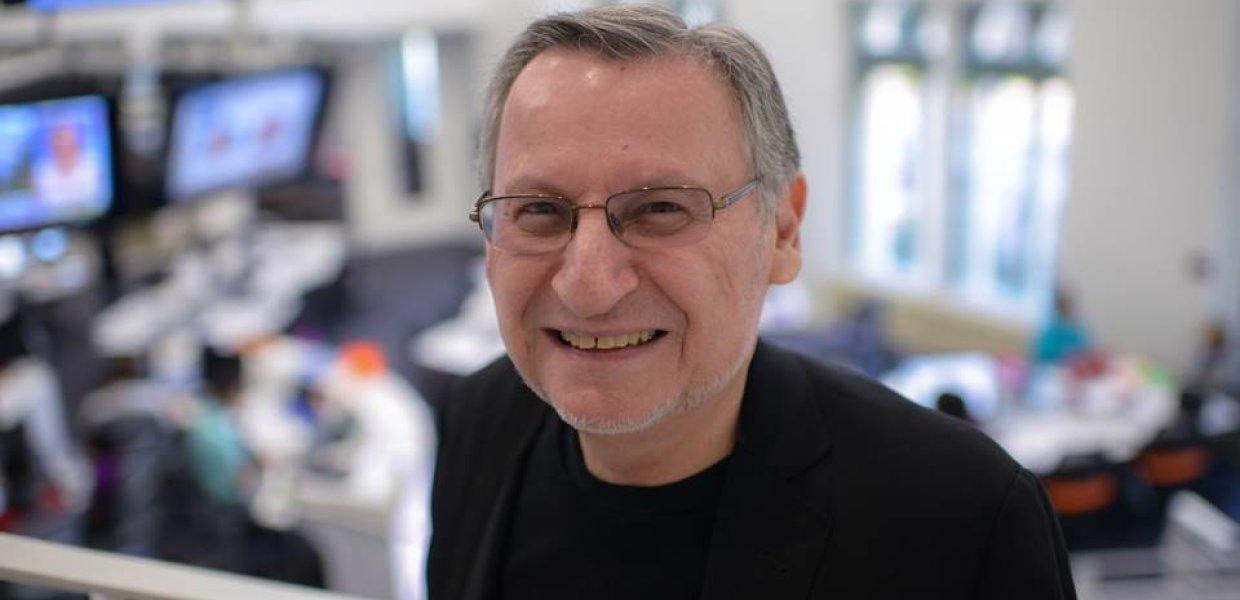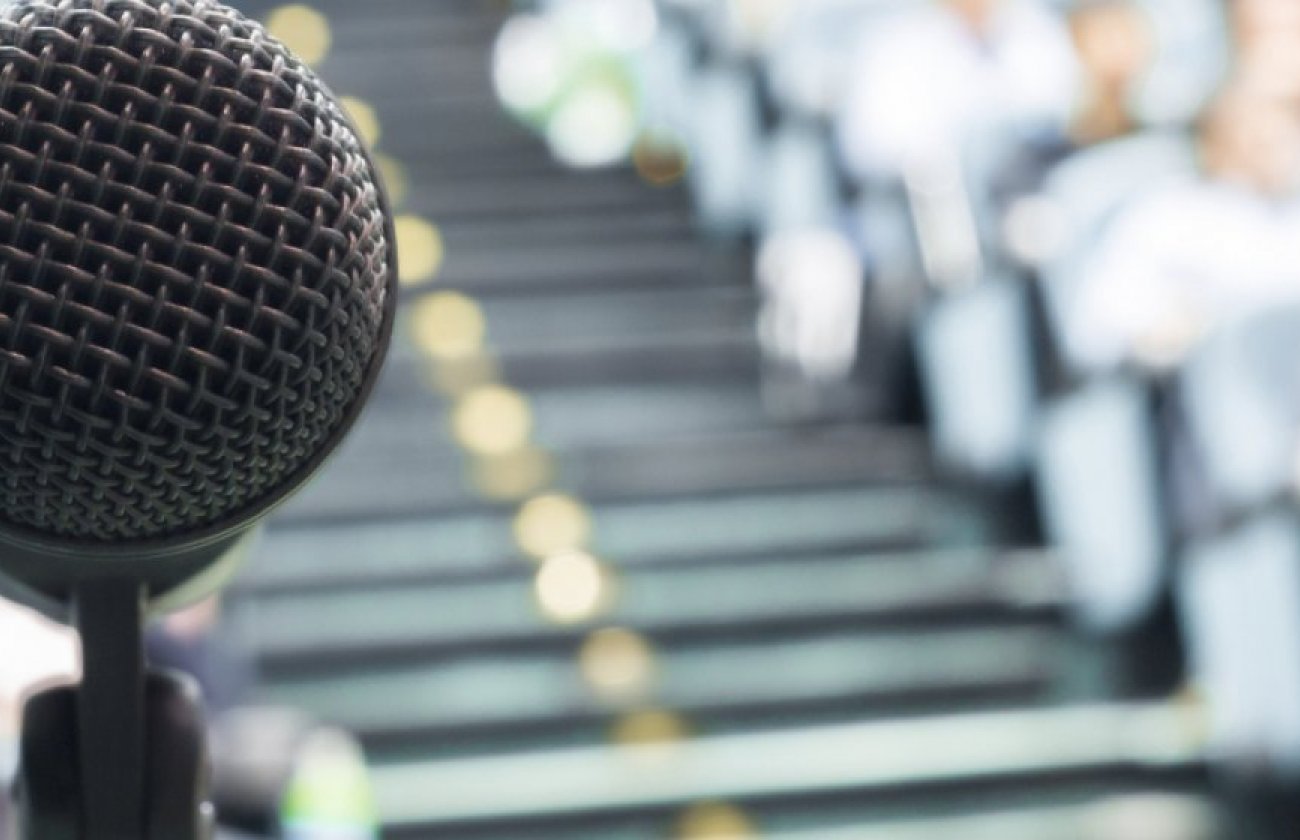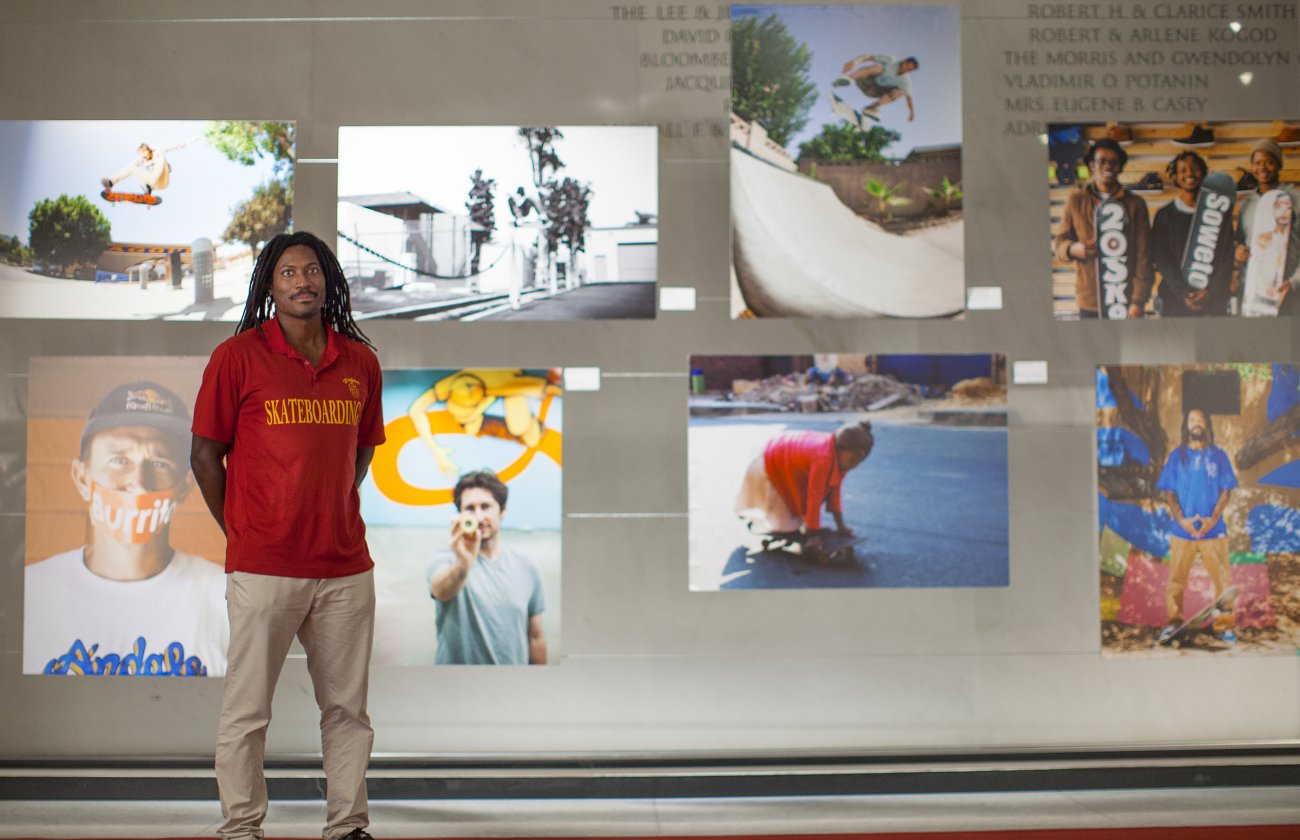By Matthew C. Ehrlich and Joe Saltzman
Why study the image of the journalist in popular culture? First, journalism itself is supposed to provide us with the stories and information we need in order to govern ourselves. Second, journalists have been ubiquitous characters in popular culture, and those characters are likely to shape people’s impressions of the news media at least as much if not more than the actual press does. Third, popular culture is a powerful tool for thinking about what journalism is and should be.
Journalism is “intrinsically tied to democracy,” as the introduction to a journalism studies handbook puts it. It “plays a key role in shaping our identities as citizens, making possible the conversations and deliberations between and among citizens and their representatives [that are] so essential to successful self-governance.” At least that is what should happen: journalism as it operates in reality may be another matter. By the second decade of the twenty-first century, proclamations of a crisis in the mainstream press had become routine. Critics declared that journalism was “debauched and deteriorating” to the point of having become a “zombie institution,” buffeted by corporate cutbacks, ethics scandals, charges of bias and co-optation, and steady declines in public trust. Regardless, those critics still pointed to the importance of what the press ought to do in theory, even if it did not always do so in practice. The idea of a free press that was genuinely responsive to the needs of the citizenry remained as potent as ever.
Such ideas about the press, whether positive or negative, are shaped by the image of the journalist in popular culture. Few people ever visit a newsroom or any other place where journalists work to report the news of the day. Their notions of what a journalist is and does are more likely to have come from reading about journalists in novels, short stories, and comic books, and from seeing them in movies, television programs, plays, and cartoons. Archetypes of the energetic, opportunistic newshound who would do anything for a scoop; the tough, sarcastic female reporter trying desperately to outdo her male competition; the enthusiastic “cub” who wants more than anything else to be a bylined reporter; the big-city newspaper editor committed to getting the story first at any cost; and the ruthless media tycoon using the power of the press for his or her own selfish ends have persisted from the nineteenth century to the present day. Those images—at once repellent and romantic, villainous and heroic—hint at a complex, contradictory relationship between the press and the public.
As such, developing an understanding of what those images are and how they got that way is important, with individual reporters and editors shown committing dreadful deeds even as the press is portrayed as essential to the proper functioning of a free society. Studying the image of the journalist in popular culture is a provocative and entertaining way of generating insight into not only journalism but ourselves as well.
Excerpt courtesy University of Illinois Press.








